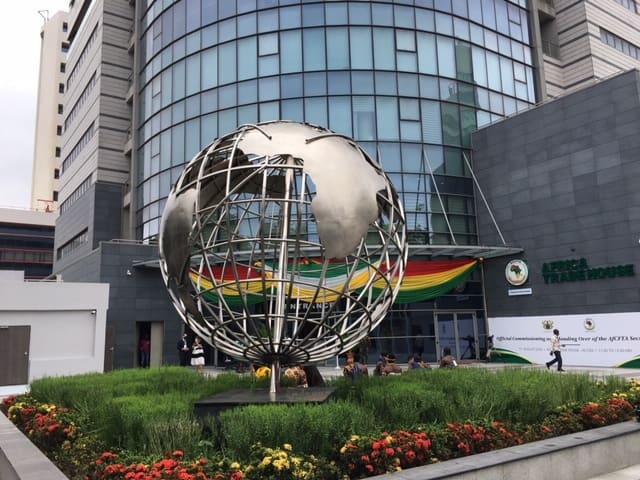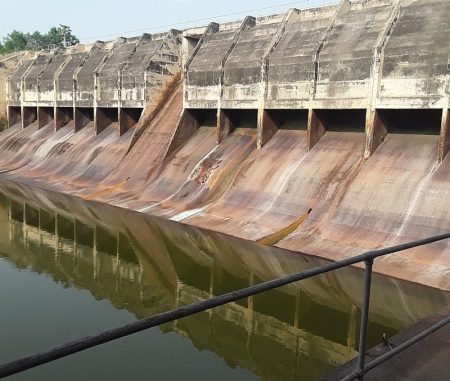The African Continental Free Trade Area (AfCFTA), launched in 2019 with trading commencing in 2021, holds immense potential for transforming Africa’s economic landscape. Envisioned as a unified market encompassing 1.3 billion people, the AfCFTA aims to significantly boost intra-African trade, potentially adding $450 billion in revenue by 2035. The agreement’s core principle revolves around eliminating tariffs on 90% of goods, thereby fostering seamless trade across the continent. However, despite widespread optimism and near-universal endorsement from African nations, with 54 out of 55 African Union member states signing and 46 ratifying the agreement, the AfCFTA’s implementation has been sluggish, highlighting the complex realities of translating ambitious visions into tangible economic progress.
While intra-African trade did experience a modest growth of 3.2%, reaching $192.2 billion in 2023, this figure falls short of the transformative impact initially projected. A key challenge lies in the overly simplistic assumption underpinning the AfCFTA: that tariff removal alone will automatically translate into increased trade. This assumption, as highlighted by trade policy analyst Africa Kiiza, neglects the critical role of production capacity and infrastructural development in facilitating trade. Kiiza argues that without addressing the underlying structural bottlenecks hindering production and efficient movement of goods, the mere elimination of tariffs will not yield the desired results.
Kiiza’s analysis points to a fundamental flaw in the AfCFTA’s initial approach. Many African nations grapple with low industrial output, making it difficult to meet the demands of a larger, integrated market. Even if tariffs are removed, the capacity to produce and supply goods remains a significant constraint. Coupled with this are logistical hurdles, including inadequate road and rail networks, and inefficiencies at ports, which escalate transportation costs and impede the smooth flow of goods across borders. These logistical challenges further exacerbate the difficulties faced by African businesses in participating effectively in the expanded market.
Beyond production and logistical constraints, non-tariff barriers pose substantial obstacles to the AfCFTA’s success. These barriers encompass a range of regulatory inconsistencies, bureaucratic hurdles, and administrative complexities that add layers of difficulty and cost to cross-border trade. Inconsistent regulations across different countries create uncertainty and compliance challenges for businesses, while bureaucratic procedures and red tape introduce delays and increase transaction costs. These non-tariff barriers effectively negate the benefits of tariff reductions and hinder the seamless movement of goods envisioned by the AfCFTA.
Moreover, some African governments remain hesitant to fully embrace the AfCFTA due to concerns about exposing their local industries to increased competition. This hesitation stems from fears that less developed domestic industries might struggle to compete with more established businesses from other African countries, potentially leading to job losses and economic disruption. Such anxieties underscore the need for targeted support and capacity-building initiatives to help local industries adapt to the more competitive landscape created by the AfCFTA. Without such measures, the political will to fully implement the agreement may remain fragile.
In essence, the AfCFTA’s success hinges on addressing the multifaceted challenges hindering intra-African trade. Tariff removal is a necessary but insufficient step. It must be complemented by investments in productive capacity, infrastructural development, harmonization of regulations, and streamlining of bureaucratic procedures. Equally important is the need to address the concerns of individual nations regarding the potential impact on their domestic industries. By tackling these challenges head-on, the AfCFTA can move beyond its current sluggish implementation phase and realize its transformative potential for Africa’s economic development. Without these critical reforms, the ambitious goals of the AfCFTA risk remaining elusive, hindering the continent’s journey towards greater economic integration and prosperity.














